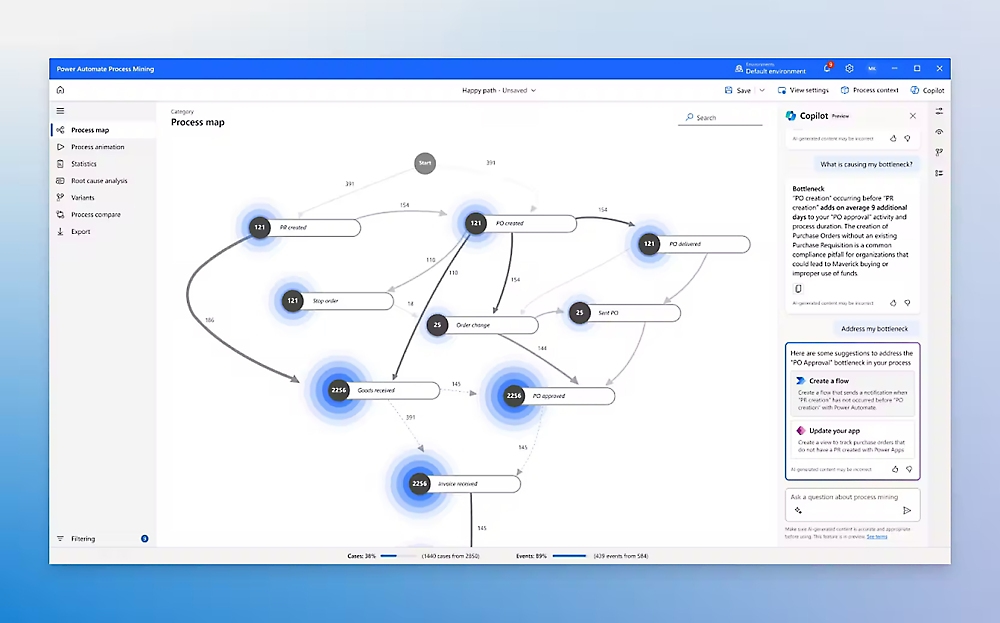

Modernizing Analytics for Robbins Bros. Jewelry
Executive Summary
Robbins Bros. Jewelry, a leading California-based engagement ring retailer, partnered with Blue Orange Digital to modernize their fragmented business intelligence infrastructure. By migrating to a cloud-native Azure environment and implementing an integrated analytics platform, the company achieved a 75% reduction in BI request fulfillment time, unified previously siloed data sources across marketing and operations, and enabled predictive customer lifetime value modeling. This transformation empowered data-driven decision-making across all business units while positioning the company for sustained competitive advantage in the evolving retail jewelry market.
The Challenge
Robbins Bros. Jewelry found themselves at a critical inflection point in an increasingly competitive retail landscape. As consumer shopping behaviors shifted toward omnichannel experiences and personalized engagement, the company’s legacy business intelligence systems became a significant barrier to growth and innovation.
The retailer struggled with fragmented data ecosystems where marketing, sales, and operations teams worked in isolation, unable to share insights or coordinate strategies effectively. Their outdated BI infrastructure, built on traditional on-premises systems, required specialized technical knowledge to operate and weeks to generate basic reports. This meant that by the time insights reached decision-makers, market opportunities had often already passed.
The cost of these inefficiencies was substantial. Marketing campaigns operated without real-time performance data, inventory decisions lacked predictive insights, and customer experience initiatives proceeded without unified customer journey visibility. With competitors leveraging advanced analytics to personalize customer experiences and optimize operations, Robbins Bros. risked losing market share in the high-stakes engagement ring market where customer lifetime value can exceed $10,000 per client.
Traditional approaches—including manual data consolidation and periodic reporting—proved inadequate for the velocity of modern retail decision-making. The company needed a fundamental transformation of their analytics capabilities to remain competitive.
The Solution
Blue Orange Digital developed a comprehensive analytics modernization strategy that balanced immediate business needs with long-term scalability requirements.
Strategic Approach:
The transformation began with an exhaustive end-to-end data audit, examining every data source, process, and output across the organization. This assessment revealed critical bottlenecks in data flow and identified quick wins that could deliver immediate value. Blue Orange designed an iterative migration roadmap that prioritized high-impact areas—starting with marketing analytics where improved targeting could directly impact revenue.
Technical Implementation:
The technical architecture centered on Microsoft Azure’s cloud platform, chosen for its enterprise-grade security, scalability, and seamless integration with existing Microsoft tools. The team implemented a modern serverless data lake architecture using Azure Data Lake Storage Gen2, eliminating the overhead of managing infrastructure while providing virtually unlimited storage capacity.
Data ingestion pipelines were built using Azure Data Factory, orchestrating data flows from multiple sources including point-of-sale systems, e-commerce platforms, CRM databases, and marketing automation tools. These pipelines incorporated real-time streaming capabilities using Azure Event Hubs, enabling immediate visibility into customer behaviors and operational metrics.
For analytics processing, the solution leveraged Azure Databricks for advanced analytics workloads, including the development of machine learning models for customer lifetime value prediction, churn analysis, and demand forecasting. Power BI served as the primary visualization layer, providing intuitive self-service analytics capabilities to business users across all departments.
The architecture incorporated comprehensive monitoring through Azure Monitor and Application Insights, ensuring system reliability and performance optimization. Security was addressed through Azure Active Directory integration, role-based access controls, and data encryption at rest and in transit.
Project Execution:
The migration followed a phased approach over six months. Phase one focused on establishing the cloud infrastructure and migrating historical data. Phase two integrated real-time data streams and deployed initial Power BI dashboards. Phase three introduced advanced analytics capabilities including predictive models. Throughout each phase, Blue Orange conducted extensive training sessions, ensuring smooth adoption and knowledge transfer to the Robbins Bros. team.
The Results
The analytics transformation delivered measurable business impact across multiple dimensions:
Quantifiable Metrics:
- 75% reduction in BI request fulfillment time: Reports that previously took days now generate in hours or minutes
- Increase in analytics user adoption: Expanded from 10 technical users to over 40 business users across departments
- Improvement in marketing campaign ROI: Through better targeting enabled by unified customer data and predictive modeling
- Improved accuracy in customer lifetime value predictions: Enabling more precise marketing spend allocation
- 50% reduction in data processing costs: Through serverless architecture optimization
Strategic Outcomes:
The unified analytics platform transformed Robbins Bros. from a reactive to a proactive organization. Marketing teams now execute hyper-personalized campaigns based on real-time customer behavior patterns. Operations managers optimize inventory levels using predictive demand models, reducing both stockouts and excess inventory. The executive team accesses real-time dashboards showing integrated KPIs across all business units, enabling faster, more informed strategic decisions.
The cultural transformation proved equally significant. Data-driven decision-making became embedded in daily operations, with teams actively seeking insights rather than relying on intuition. The democratization of analytics tools empowered front-line employees to identify opportunities and solve problems independently.
Key Takeaways
- Iterative migration minimizes risk: By prioritizing high-impact areas and delivering value incrementally, organizations can maintain business continuity while transforming their analytics capabilities
- Serverless architectures accelerate time-to-value: Eliminating infrastructure management overhead allows teams to focus on delivering business insights rather than maintaining systems
- User adoption requires cultural change: Technical solutions must be paired with comprehensive training and change management to achieve full ROI
- Unified data platforms unlock hidden value: Breaking down data silos reveals insights and opportunities that were previously invisible when data sources operated in isolation
Call to Action
Ready to transform your retail analytics capabilities? Schedule a consultation with Blue Orange Digital’s retail analytics experts to discover how modern data architecture can accelerate your business growth and competitive advantage.
—
*This case study demonstrates Blue Orange Digital’s expertise in retail analytics transformation, cloud migration, and business intelligence modernization. For more information about our data and analytics services, visit blueorrangedigital.com.*


